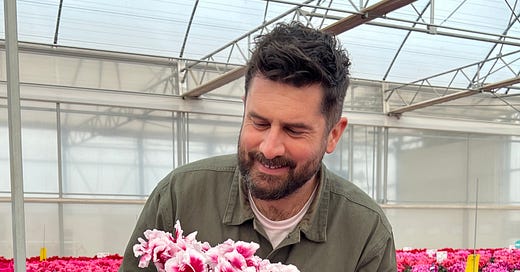Dear Reader, I hadn't written for a while. This may have surprised you, as I was previously spaffing out many articles in a short space of time (and indeed I still have a backlog of things to tell yo…
© 2025 Mr Plant Geek ™
Substack is the home for great culture



